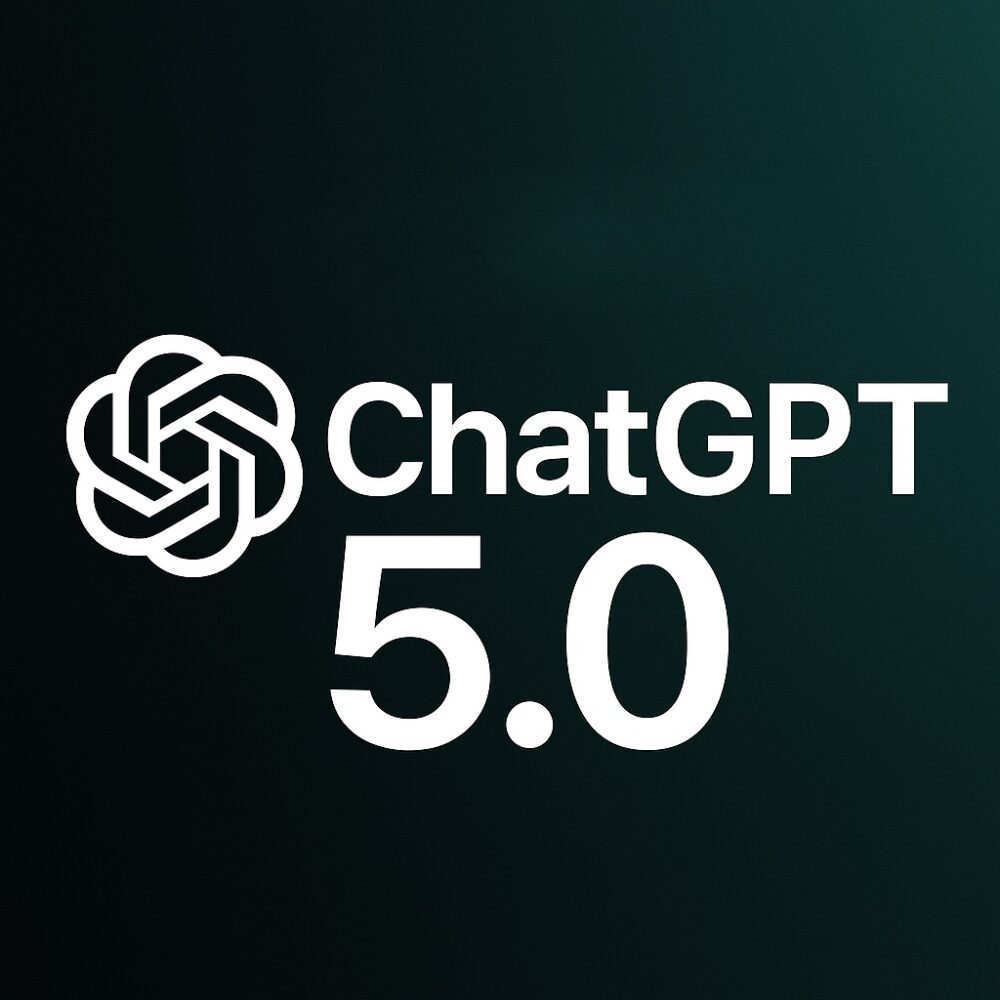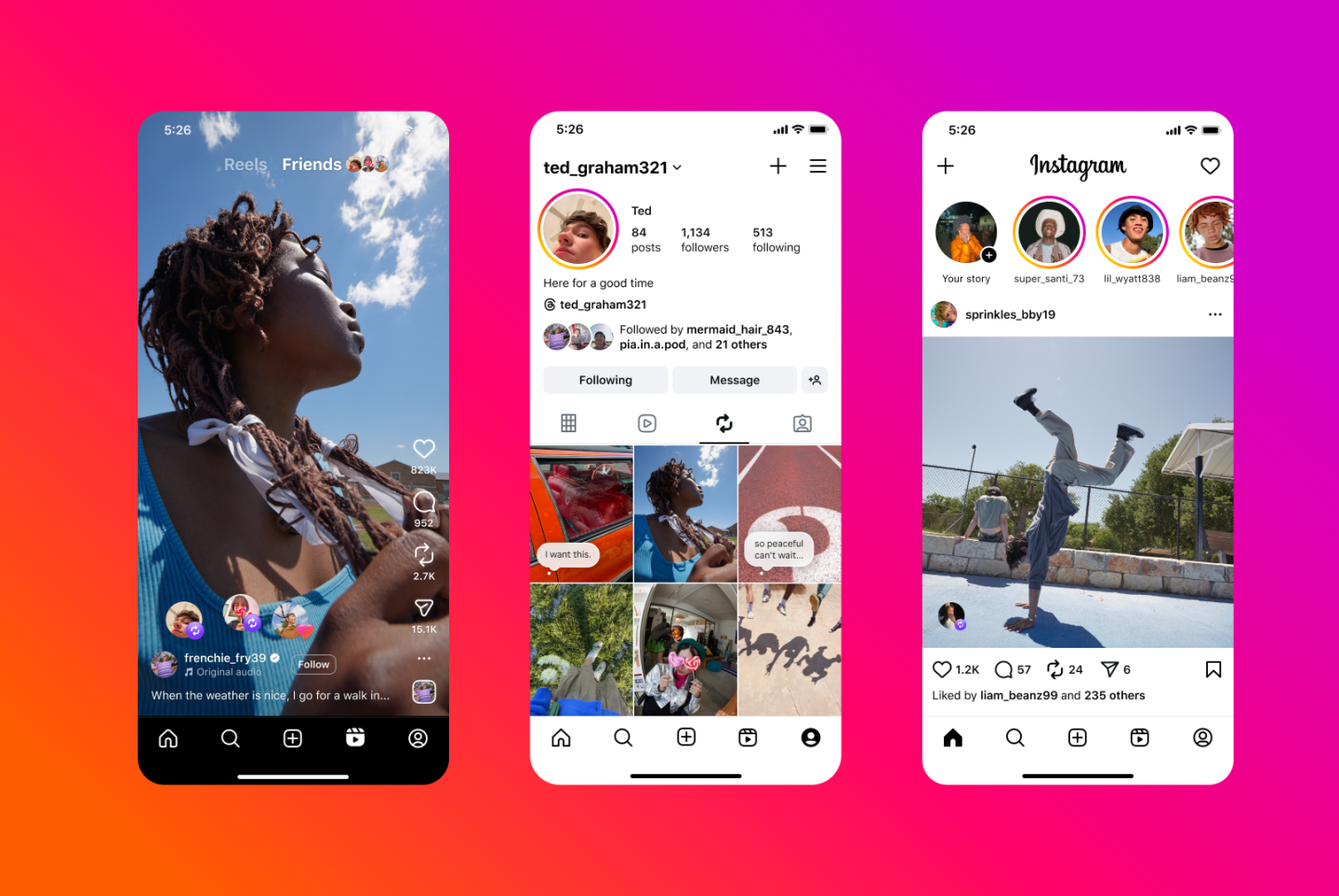OpenAI is poised to release ChatGPT 5.0 very soon and while it may not be the kind of dramatic leap seen between GPT-3 and GPT-4, it represents a substantial evolution in how everyday users will interact with AI. Rather than focusing solely on speed or accuracy improvements, GPT-5 is shaping up to function more like a true digital assistant—seamless, contextual, and multimodal.
According to OpenAI, the new model has been undergoing rigorous safety testing and external red-teaming ahead of release. Industry watchers expect a gradual rollout, with demand likely to overwhelm servers early on, much like previous launches. Currently, a research-only version of GPT-4.5 is in use, but GPT-5 will bring sweeping usability changes to the forefront.
At the heart of GPT-5 is the idea of unification. Rather than switching between “creative,” “reasoning,” or “concise” modes, the model integrates these capabilities into a single assistant. It can now understand and respond using text, voice, images, and video, allowing users to work fluidly across formats. Whether you’re drafting a press release, summarizing a Zoom meeting, or generating a visual for a marketing campaign, you’ll be able to do it all within a single conversational thread—without hopping between tools.
One of the most anticipated updates is the model’s expanded memory. With support for up to 1 million tokens of context, GPT-5 can retain the full scope of a lengthy document or a multi-session chat history. This change is especially relevant for professional and creative workflows, where losing context mid-task often breaks productivity. Compared to competitors like Google’s Gemini, which still lacks robust memory in standard modes, this gives GPT-5 a strong edge in continuity.
Another core focus is improved reasoning. GPT-5 is expected to be significantly better at solving complex, multi-step problems and reducing factual inaccuracies—a persistent issue with earlier models. If successful, this upgrade could help users spend less time fact-checking AI output, making the assistant more useful in high-stakes or knowledge-based tasks.
GPT-5 also expands the idea of AI as an agent, capable of handling multi-layered tasks with minimal supervision. For example, a single prompt like “Plan a weekend in Dubai” could result in GPT-5 suggesting flights, booking hotels, making restaurant reservations, and emailing you an itinerary—without needing to be micromanaged. This kind of autonomous planning could redefine what we expect from virtual assistants.
OpenAI is expected to offer GPT-5 in several performance tiers—“flagship,” “mini,” and “nano”—so users can choose based on budget and computing needs. This flexibility opens the door for broader adoption, from individuals and startups to enterprise users looking for scalable AI tools.
Even OpenAI CEO Sam Altman has hinted at the model’s leap in capabilities, recently admitting that GPT-5 solved a problem he couldn’t, joking that it made him feel “useless.” While that may be tongue-in-cheek, it underscores the excitement around a model that aims to be not just smarter, but more practical and usable in day-to-day life.
Whether you’re a student juggling assignments, a marketer working across platforms, or someone simply looking to automate tedious tasks, GPT-5 is positioning itself as an AI assistant that adapts to your needs—not the other way around.





